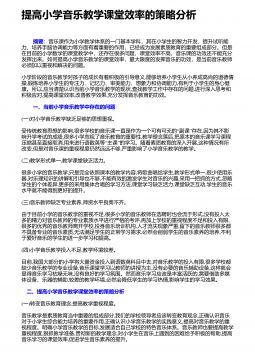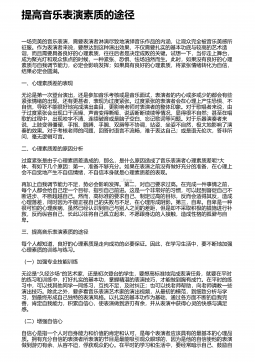中央传动及转向离合器设计-外文资料
标签: #设计
IntroductiontoLocmotiveAlocomotiveisarailwayvehiclethatprovidesthemotivepowerforatrain,andhasnohydetachedfromtheirtrains,areknownaspowercars.Traditionally,locomotivehualtheirtrains.Increasinglycommonthesedaysinpassengerserviceispush-pulloperation,wherethelocomotivepushthetrainsinonedirectionandareco...
相关推荐
-
互联网产品的品牌广告传播——以小米手机为例

 2022-10-16 62
2022-10-16 62 -
郑州方特旅游电子商务营销策略研究
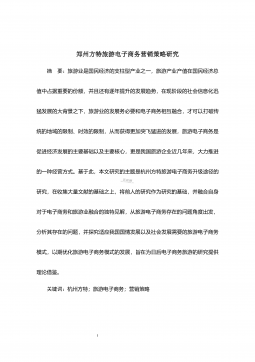
 2022-10-17 84
2022-10-17 84 -
王老吉的市场营销策略研究
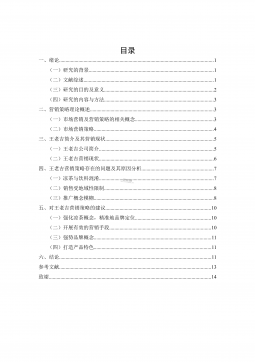
 2022-10-17 74
2022-10-17 74 -
电影《中国机长》在抖音短视频平台的营销策略分析
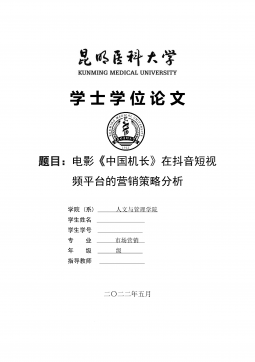
 2022-10-17 57
2022-10-17 57 -
滨河酒营销策略分析
 2022-10-17 81
2022-10-17 81 -
传统商业企业与电子商务企业的异同及其挑战应对

 2024-02-26 44
2024-02-26 44 -
基于PEST的我国农业电子商务竞争分析

 2024-02-28 29
2024-02-28 29 -
关于新零售的论文(优秀范文6篇)

 2024-02-28 30
2024-02-28 30 -
电子商务中农产品配送存在的问题与优化措施

 2024-02-28 49
2024-02-28 49 -
敦煌网跨境电商经营模式与运营策略

 2024-02-28 77
2024-02-28 77
相关内容
-

基于绿色农业的电子商务发展模式研究
分类:社科文学类资料
时间:2024-02-29
标签:无
格式:DOCX
价格:免费
-

家乐园速购同城购物网站电子商务运营方案研究
分类:社科文学类资料
时间:2024-02-29
标签:无
格式:DOCX
价格:免费
-

江苏农业电子商务发展问题与优化措施
分类:社科文学类资料
时间:2024-02-29
标签:无
格式:DOCX
价格:免费
-

江阴学院学生“花之韵花茶铺”网店创业运营探析
分类:社科文学类资料
时间:2024-02-29
标签:无
格式:DOCX
价格:免费
-

经济新常态下的跨境电子商务经营模式探讨
分类:社科文学类资料
时间:2024-02-29
标签:无
格式:DOCX
价格:免费




